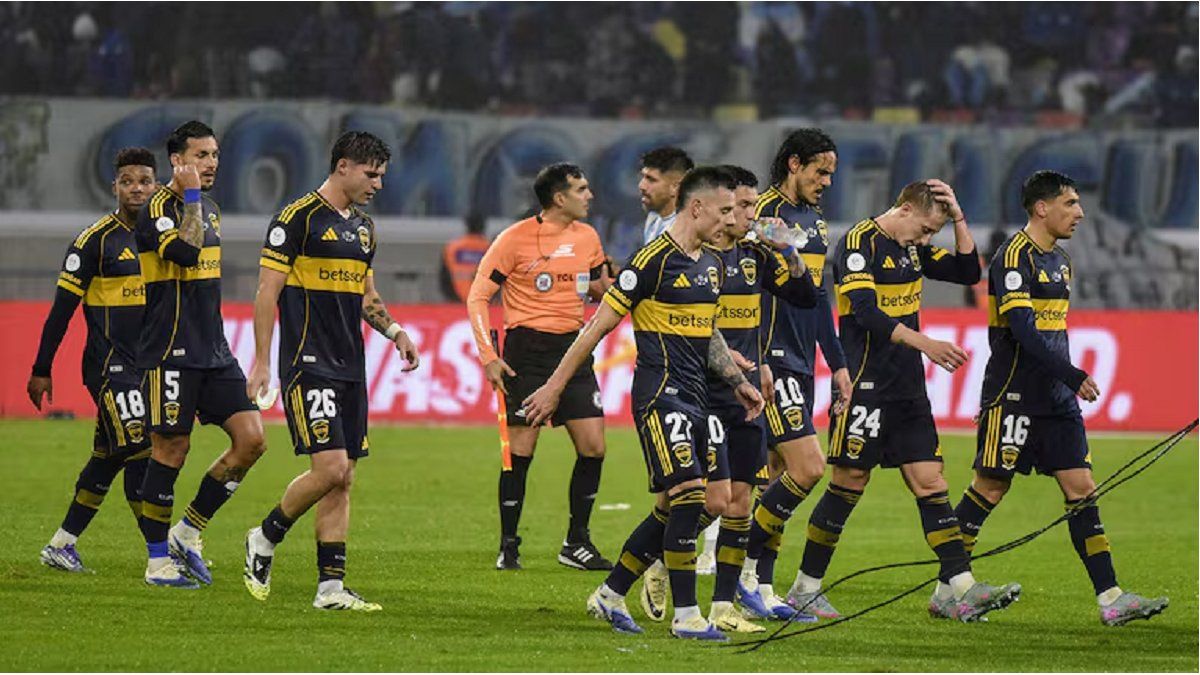The ambition is great, but the pitfalls are still in the details. These are the most important answers to the global minimum tax:
1. What are the key points?
Two pillars were agreed. The first is to redistribute taxation for large corporations: where the profit is made, taxes are also to be paid, even if there are no permanent establishments in these countries. “It aims to ensure that large multinational corporations pay taxes where they operate and make their profits,” said the OECD. The second pillar is the minimum tax rate of 15 percent. If individual countries charge less income tax, the home country can claim the difference to the income tax level there.
2. Who is the tax aimed at?
These are the big digital corporations Facebook, Google and Amazon, which on balance pay little or no profit taxes – especially not where the profits are generated. The tax redistribution is targeting around 100 corporations with an annual turnover of more than 20 billion euros and a profitability of over ten percent. Companies with an annual turnover of at least 750 million euros are affected by the minimum tax of 15 percent. That is 7,000 to 8,000 companies worldwide. The financial sector is exempt from this partial regulation because it is usually regulated locally. Great Britain in particular had campaigned for this. The minimum tax also applies to large financial institutions.
3. Why is there a special Amazon rule?
Because the mail order company of all people would not fall under the criteria. There is a turnover threshold of 20 billion euros per year and a profit margin of ten percent. Amazon as a whole does not achieve that. But because individual divisions are large enough and profitable enough, these divisions are recorded individually.
4. Does that mean the end of international competition?
The globalization-critical network Attac argues that this competition will not be stopped, it will even be fueled. The compromise of 15 percent minimum tax would already lead to discussions about fixing your own capital gains taxes at precisely this level.
5. What’s next?
130 of the 139 OECD countries agreed to the compromise. On July 9th and 10th, the finance ministers of the G20 will meet in Venice and will also give their blessings. The final details should be clarified by October. The new rules should apply from 2023.
6. Where are the hurdles?
On the one hand, there is the ambitious schedule. Experts think it is unlikely to last. On the other hand, essential definitions do not seem to have been finally clarified. It is said in the German media that it is not clear whether market capitalization or sales are the ultimate parameters for the “largest” companies. There should also be a need for more precise information with regard to the minimum tax: Some EU countries such as Ireland, the Netherlands, Luxembourg and Hungary have higher taxes on profits, but so-called preferential regimes, i.e. loopholes that effectively lead to lower taxes. In the EU, unanimity is needed on tax issues, Ireland is skeptical.
7. What sums are involved?
The OECD speaks of $ 100 billion to be redistributed. But the second pillar is even more important: the global minimum tax of “effectively at least 15 percent” is supposed to generate additional tax revenues of 150 million dollars worldwide. But you shouldn’t have too high expectations. “Measured against the compliance effort that companies have to deal with, the additional German tax revenues will be manageable,” says Björn Heidecke, tax expert at Deloitte, in “Spiegel.” The result will be similar in most other industrialized countries.
8. Does this make the tax system fairer?
The OECD says yes, Attac says no, the organization expects that poorer countries will almost go away empty-handed. “A globally fair tax system would require the corporations’ profits to be redistributed among the countries – according to real value added, i.e. also according to production and not just sales.”
Jane Stock is a technology author, who has written for 24 Hours World. She writes about the latest in technology news and trends, and is always on the lookout for new and innovative ways to improve his audience’s experience.



